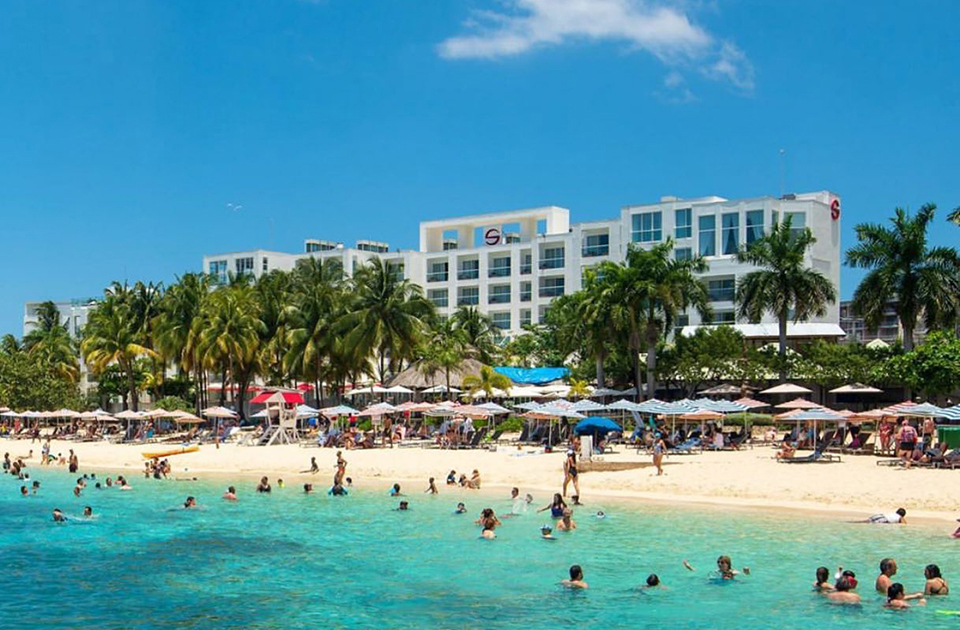If it may still be a tough trek back to anything resembling normalcy for the Caribbean tourist industry, some of the earliest indications are that what the region has to offer in terms of tourist attractions remains highly favoured by the international market.
Just days ago the Chief Executive Officer of the Caribbean Hotel and Tourism Association (CHTA) Frank Comito was reporting that sector was beginning to see an encouraging increase in bookings in the accommodation sector as the region gears up for the start of the winter season.
A week ago, Wednesday, at a CTO Webinar Comito was quoted as saying that the sector is seeing occupancy levels for the winter season slightly above 20 per cent for thirteen destinations in the region. Those numbers reportedly create a change in the outlook of several weeks ago when the initial rampage of the COVID-19 pandemic sent regional tourist islands scrambling to put measures in place to keep visitors out and pondering the immediate-term fate of their heavily tourist-dependent economies.
Comito is quoted as saying that bookings by tourists are now moving at a pace that will put the region on a track to run as high as 40 per cent up to the end of 2020 and possibly close to 70 per cent in the early months of 2021. “We are seeing a lot of advanced bookings and some of us are protected by the fact that we have strong cancellation policies in place and that provides some sense of insurance that if things change the travelers are protected,” The CTO Head said.
Comito said one of the factors contributing to the bump in occupancy is a healthy intra-Caribbean and within destination travel and stays at hotels.
A recent CTO webinar that discussed the state of the sector allowed for Head of the Regional Tourism and Health Programme (THP) and Foodborne Diseases at the Caribbean Public Health Agency (CARPHA), Dr. Lisa Indar to report that there are just under 200,000 COVID-19 cases in the region. Seventeen per cent of countries are reportedly showing no new cases, 20 per cent showing sporadic cases, 29 showing clusters and 33 per cent showing community spread.
Dr Indar was also reporting that precautions such as wearing masks, social distancing and washing hands must be adhered to at the community level.
“Some hotels are already reporting 70 per cent occupancy as well in the region. What the CHTA has put in place is a travel insurance safety net, which some destinations and hotels have jumped on board and placed as a requirement for the tourists. After suffering huge losses, when the borders were completely closed earlier this year, hotels can look at these advance bookings as a silver lining,” Comito is quoted as saying.
If there is, however, one hurdle which the region is still to get across if it is to move towards a semblance of normalization in the tourism sector it is the slow pace of the processing of COVID-19 test results in the region. This, he said, is posing a deterrent for some to travel as some countries in the Caribbean require negative COVID tests as a prerequisite for entry, Comito says.
The CTO in its latest statistics on arrivals showed that Trinidad and Tobago’s tourist arrivals declined by 54 per cent for the first half of 2020. It reported that T&T had 91,886 tourist arrivals between January and June.T&T recorded 30,710 tourists arriving in January and 47,438 in February, which was an increase of 8.6 per cent for January and 13.4 per cent for February.
Tourist arrivals in the Caribbean declined by 50 per cent for the first quarter of 2020, as a result of no travel in the region which began in April.




